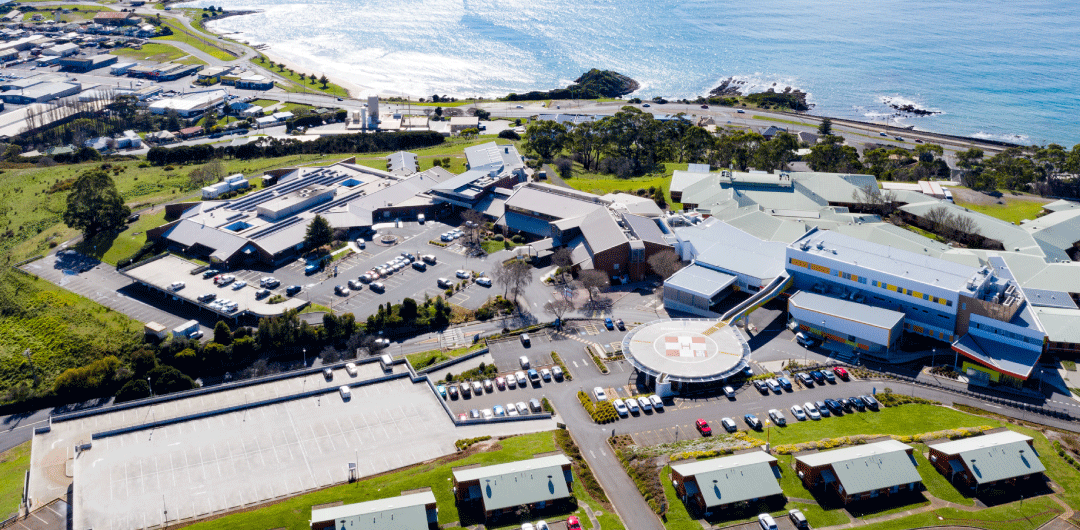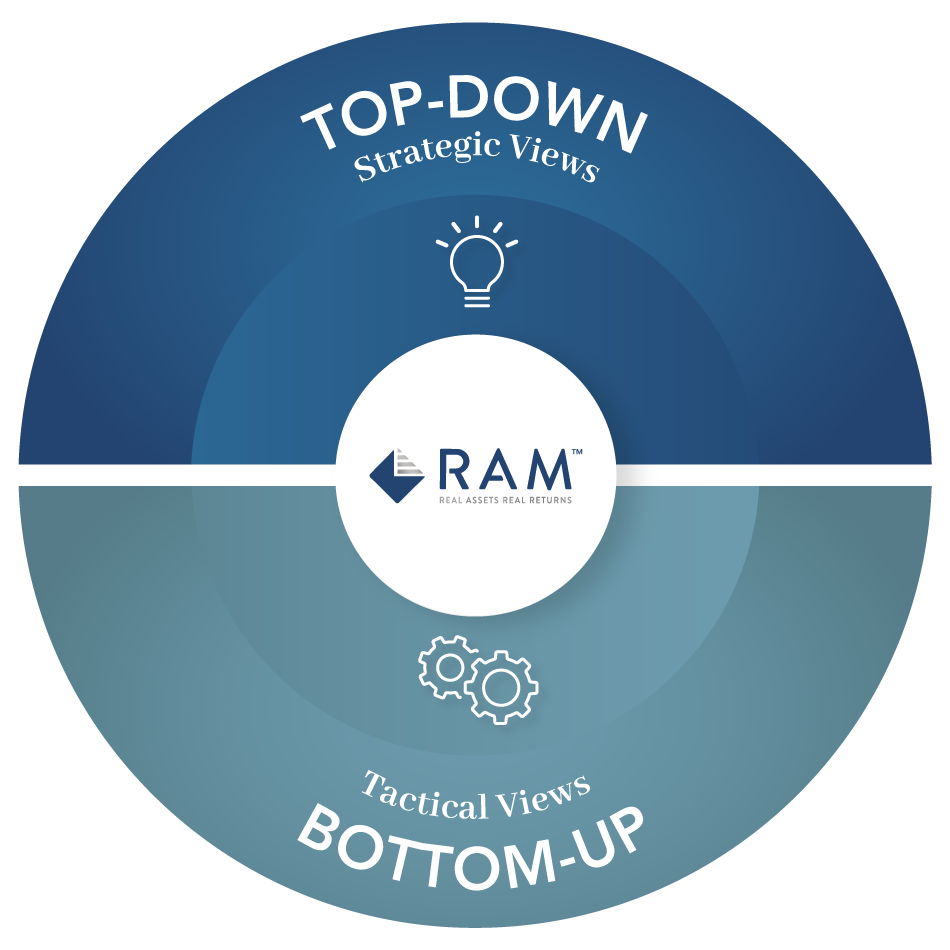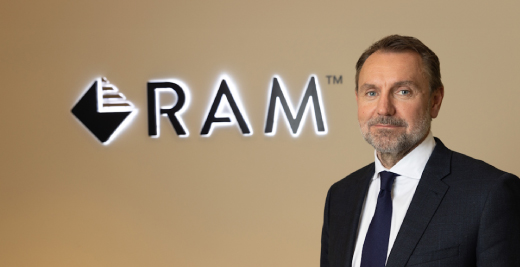- Asset Management
- Investment Product
- RAM Essential Services Property Fund
- RAM Australia Healthcare Opportunity Fund
- RAM Australia Diversified Property Fund
- RAM Private Credit Income Fund
- RAM Australia Credit Fund
- RAM Australia Credit Fund USD
- RAM Australian Diversified Fixed Income Fund
- RAM Australian Diversified Fixed Interest & Credit SMA
- RAM USD Diversified Fixed Income Strategy
- Global Multi Asset Class Portfolios
- Australian 188B/188C Complying Fund
- RAM Education Investment Plan – Insurance Bond
- About Us
- News & Insights
- Investor Login
- Contact Us
- Location
- Language























































